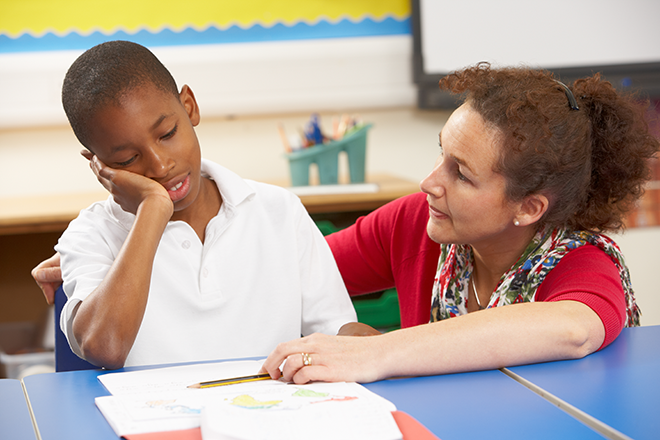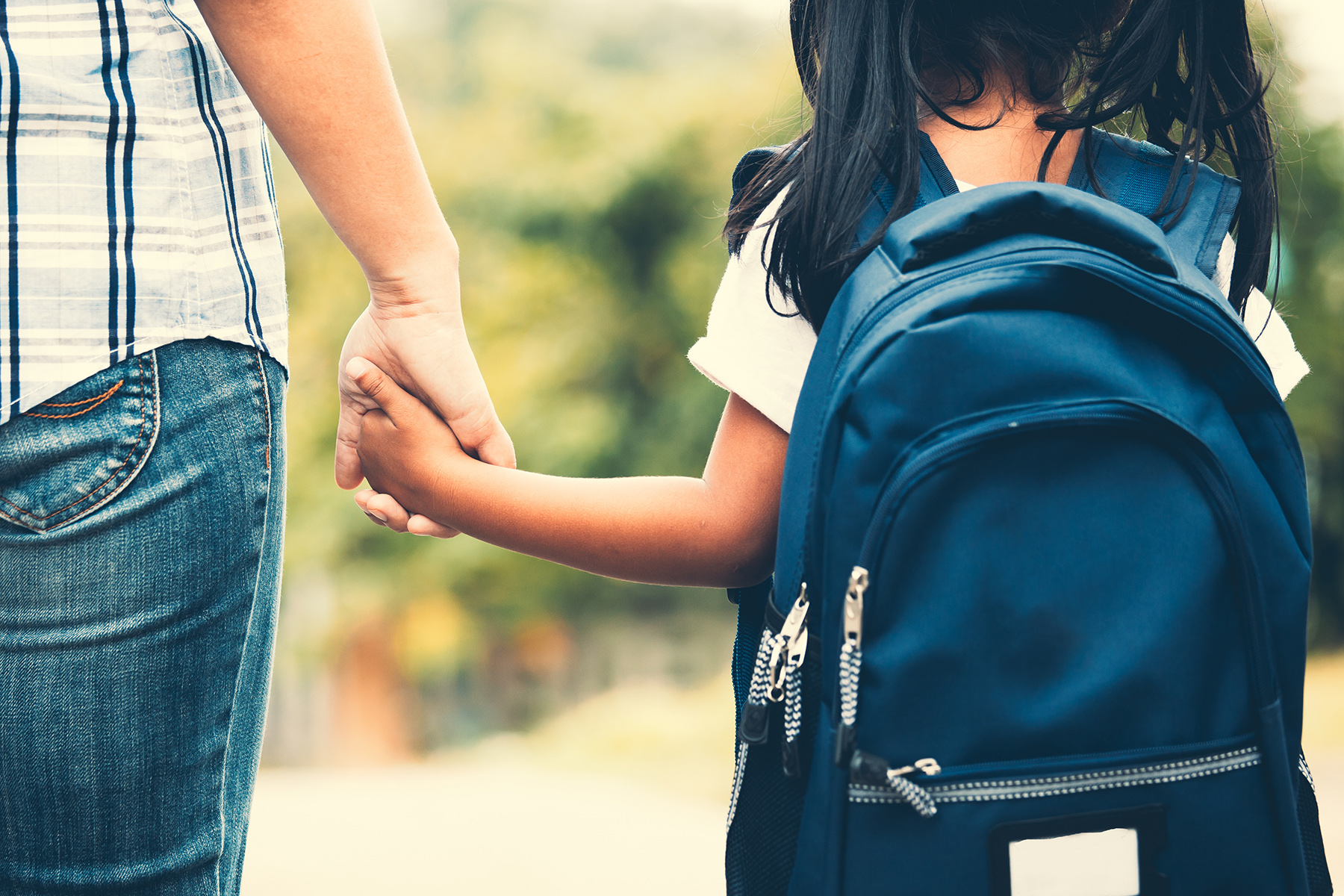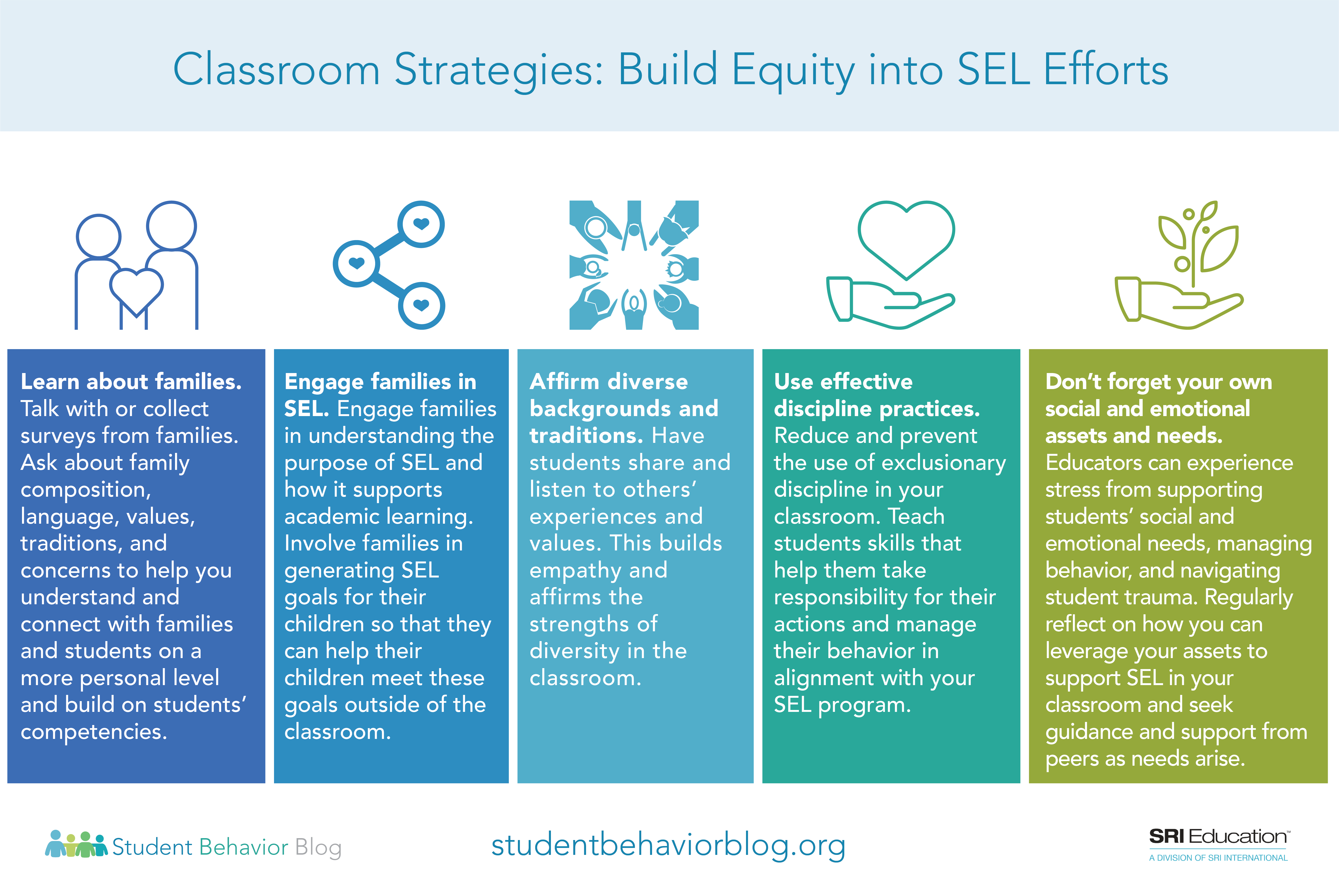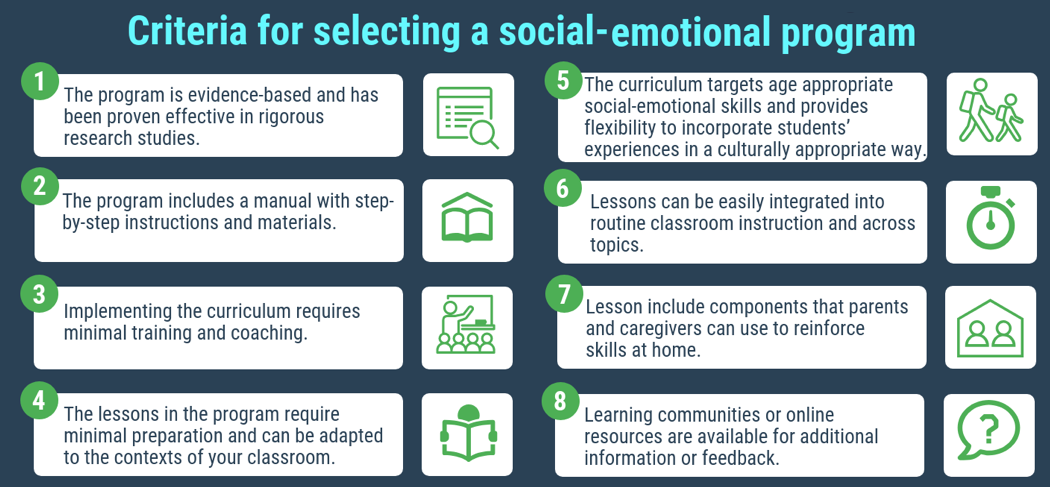BEST in CLASS (Behavioral, Emotional, and Social Training: Competent Learners Achieving School Success) aims to support teachers in preventing and addressing preschool children’s challenging behaviors and building positive teacher-child interactions. The purpose of this effectiveness replication study was to examine the impacts of the BEST in CLASS Tier 2 teacher training and coaching model as … Continue reading Outcomes of an Effectiveness Replication study of BEST in CLASS for Young Children at Risk for Emotional and Behavioral Disorders in Early Childhood Settings
BEST in CLASS (Behavioral, Emotional, and Social Training: Competent Learners Achieving School Success) is an evidence-based Tier 2 intervention for children at-risk for emotional/behavioral disorders.
In this study, we examined the effectiveness of Tools for Getting Along (TFGA) on teachers’ reports of executive functioning (EF), social-emotional, and behavioral skills of elementary school students. TFGA is a classroom-level prevention curriculum that teaches students problem-solving steps to apply in emotionally charged situations.
We expect teachers to handle a lot: create engaging learning experiences, differentiate instruction based on student needs, manage behavior, motivate students to learn, and tackle persistent gaps and inequities. More and more, teachers are meeting this challenge by embracing social-emotional learning (SEL), which can support academic learning, teach and reinforce positive behavior, motivate students to … Continue reading Want to build an equitable classroom? Start with social-emotional learning (SEL)
When you really want to focus on social-emotional learning (SEL): Selecting a standalone SEL program
Standalone social-emotional learning (SEL) programs are helpful tools for teachers who want to build students’ social-emotional skills in the classroom setting. However, it can be challenging to select an appropriate, practical, and effective classroom-wide curriculum that will work for all students. We have simplified the process to help teachers and other practitioners make a well-informed decision.







